The best laptops for video editing: Tips and recommendations
Are you looking for a laptop suitable for video editing? Video editing requires a lot of computing power, so you need a powerful laptop with at least an Intel Core i7 or AMD Ryzen 7 processor, 16 GB of RAM, and a good graphics card such as an NVIDIA GeForce RTX.
Whether you want to edit 4K videos in Adobe Premiere Pro or do photo editing: in this blog you’ll discover which laptop suits you best and what to look for in laptops for video editing.
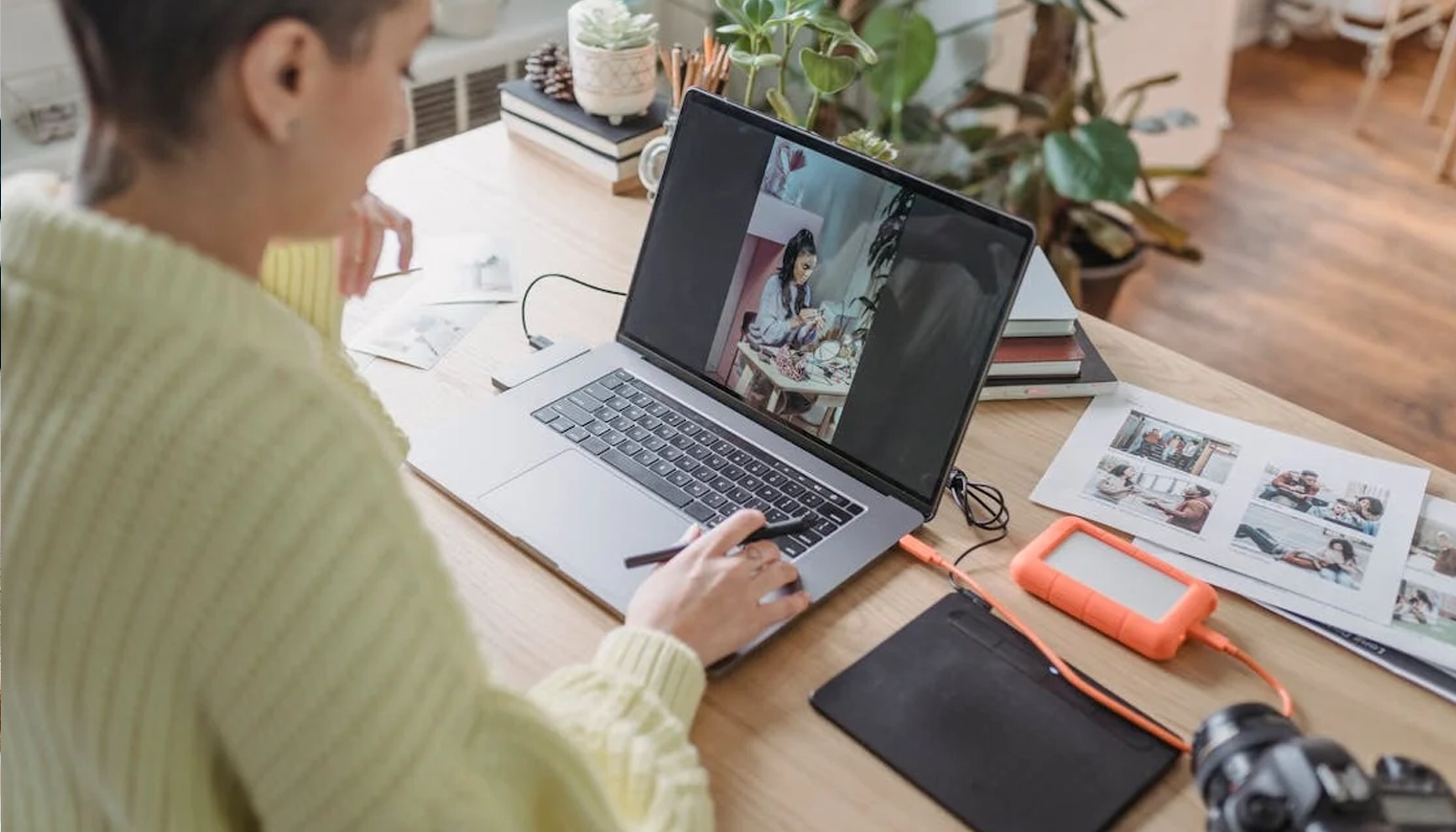
A powerful laptop for video editing
Want to effortlessly edit videos or render 4K footage? Then you need a powerful laptop specifically designed for video editing. Not every laptop is built for this by default.
Let’s look at which specifications matter, so you can be sure your laptop delivers the right performance for video or photo editing. Whether you choose a new or refurbished laptop: we’ll help you choose the laptop that suits you best.
What processor is recommended?
The processor is the brain of your laptop and largely determines its speed. For video editing, you need a powerful processor.
Therefore, choose a laptop with at least an Intel Core i7 processor or an AMD Ryzen 7 processor. Ideally, you want a Core i9 processor, as these provide the highest computing power.
For basic projects, an Intel Core i5 or AMD Ryzen 5 may be sufficient, but heavy programs such as Adobe Premiere Pro and Adobe After Effects require more power.
How much RAM do you need?
The more RAM, the more programs your laptop can run simultaneously. For video editing, you need at least 16 GB of RAM.
If you’re only doing light projects, you can start with 16 GB, but for editing 4K videos or larger video projects, 32 GB of RAM is the minimum requirement. If your budget allows, 64 GB is recommended for heavy video editing work.
Which graphics card for video editing?
The graphics card helps process visuals, effects, and 4K videos. For the best laptop performance, choose a laptop with, for example, an NVIDIA GeForce RTX card. These graphics cards offer fast processing speeds and plenty of memory.
This makes it much easier to smoothly play, edit, and export videos. Photo editing is less demanding, but need a laptop for video editing? Then a dedicated graphics card is essential.
How much storage does your laptop need?
For video editing, you need at least 512 GB of SSD storage. If you work with large files or store lots of 4K videos, go for 1 TB or more. This ensures you have enough space for your projects, software, and temporary files without slowdown. Many laptops today even support up to 2 TB of storage, so in many cases, you’ll have plenty of upgrade options.
Which software for video editing?
Most laptops can handle basic tasks, but heavy software like Adobe Premiere Pro or DaVinci Resolve require more power.
Which laptop you choose also depends on the software you use. Are you only running light programs, or are you planning to edit complex video projects? Keep that in mind when choosing your laptop.
Best laptop for photo editing
A photo editing laptop doesn’t need to be as powerful as a video editing laptop. Still, it’s important to carefully choose the right laptop, especially if you're working with advanced software like Adobe Lightroom. These kinds of programs require a system that can handle multiple tasks smoothly without lag.
When it comes to photo editing, look for a display that’s at least 14 or 15 inches, with high resolution and a wide color gamut. This ensures accurate color representation, which is crucial when editing photos. A screen with high resolution and wide color range is the window through which you view and edit your work — just like with video projects.
While all laptops can technically handle basic photo editing, for better performance, choose a laptop with a Core i7 or AMD Ryzen 5 processor, enough storage, and sufficient RAM — also known as working memory: at least 16 GB, preferably 32 GB. The processor is the motor and brain of your laptop and determines how efficiently you can carry out heavy tasks.
The best laptops for video editing
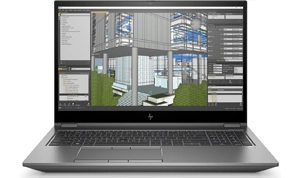
- i9-11950H
- 32GB DDR4 RAM
- 1000 GB SSD storage

- i9-11950H
- 32GB DDR4 RAM
- 1000 GB SSD storage
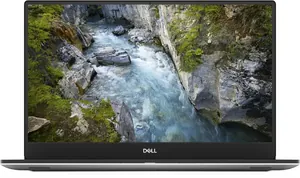
- i9-9880H
- 32GB DDR4 RAM
- 512GB SSD storage
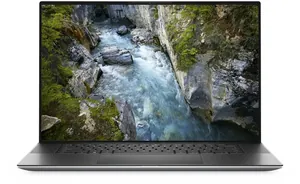
- i9-11950H
- 32GB DDR4 RAM
- 512 GB SSD storage
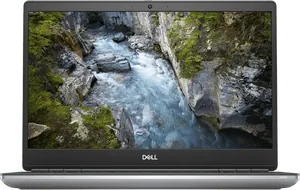
- i9-11950H
- 32GB DDR4 RAM
- 512 GB SSD storage

- i9-11950H
- 32GB DDR4 RAM
- 512 GB SSD storage

- i9-11950H
- 32GB DDR4 RAM
- 512 GB SSD storage

- i9-11950H
- 32GB DDR4 RAM
- 512 GB SSD storage

- i9-11950H
- 32GB DDR4 RAM
- 512 GB SSD storage

- i9-11950H
- 32GB DDR4 RAM
- 512 GB SSD storage

- i9-12950HX
- 32GB DDR4 RAM
- 1000 GB SSD storage

- i9-12950HX
- 32GB DDR4 RAM
- 512 GB SSD storage

- i9-10885H
- 32GB DDR4 RAM
- 1000 GB SSD storage

- i9-10885H
- 32GB DDR4 RAM
- 512GB SSD storage

- i9-10885H
- 32GB DDR4 RAM
- 1000 GB SSD storage

- i9-10885H
- 32GB DDR4 RAM
- 1000 GB SSD storage

- i9-10885H
- 32GB DDR4 RAM
- 1000 GB SSD storage

- i9-10885H
- 32GB DDR4 RAM
- 1000 GB SSD storage
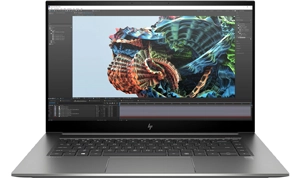
- i9-11950H
- 32GB DDR4 RAM
- 1000 GB SSD storage

- i9-11950H
- 32GB DDR4 RAM
- 1000 GB SSD storage
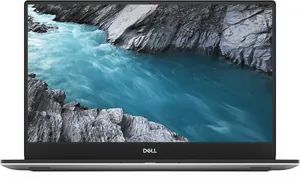
- i9-9980HK
- 32GB DDR4 RAM
- 512 GB SSD storage

- i9-11900H
- 32GB DDR4 RAM
- 1000 GB SSD storage

- i9-11900H
- 32GB DDR4 RAM
- 1000 GB SSD storage

- i9-11900H
- 32GB DDR4 RAM
- 1000 GB SSD storage

- i9-11900H
- 32GB DDR4 RAM
- 1000 GB SSD storage

- i9-11900H
- 32GB DDR4 RAM
- 1000 GB SSD storage
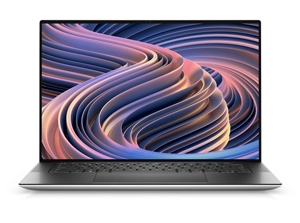
- i9-12900HK
- 32GB DDR4 RAM
- 1000 GB SSD storage

- i9-12900HK
- 32GB DDR4 RAM
- 1000 GB SSD storage

- i9-12900HK
- 32GB DDR4 RAM
- 1000 GB SSD storage

- i9-11900H
- 32GB DDR4 RAM
- 1000 GB SSD storage

- i9-9880H
- 32GB DDR4 RAM
- 512GB SSD storage
Buy your Windows laptop for video editing
Not sure which laptop to choose? We’re happy to help! Feel free to contact us and we’ll gladly help you make the right choice.
About the Author
Curious about the author behind this article?

Angelo van Cleef is a senior developer and IT specialist with over 23 years of experience at DSL-Tech, focusing on development and marketing. Previously, he worked at large companies on long-term projects that spanned several years. In his spare time, Angelo enjoys fitness, hiking, and exploring new world cuisines.
We use cookies to improve your experience! Do you specify which cookies we are allowed to use and which we are not? For more information, please read our Privacy policy.